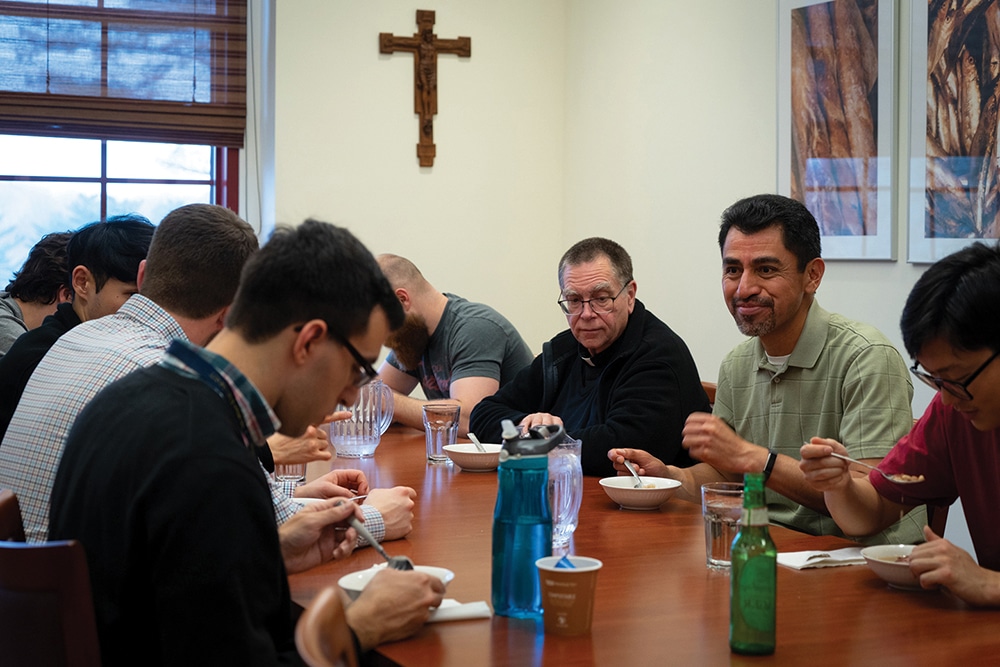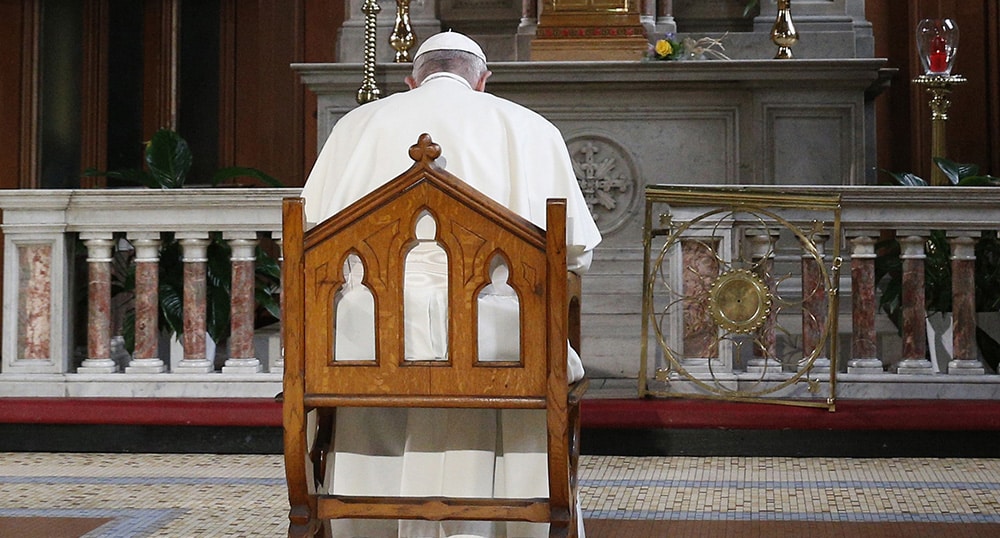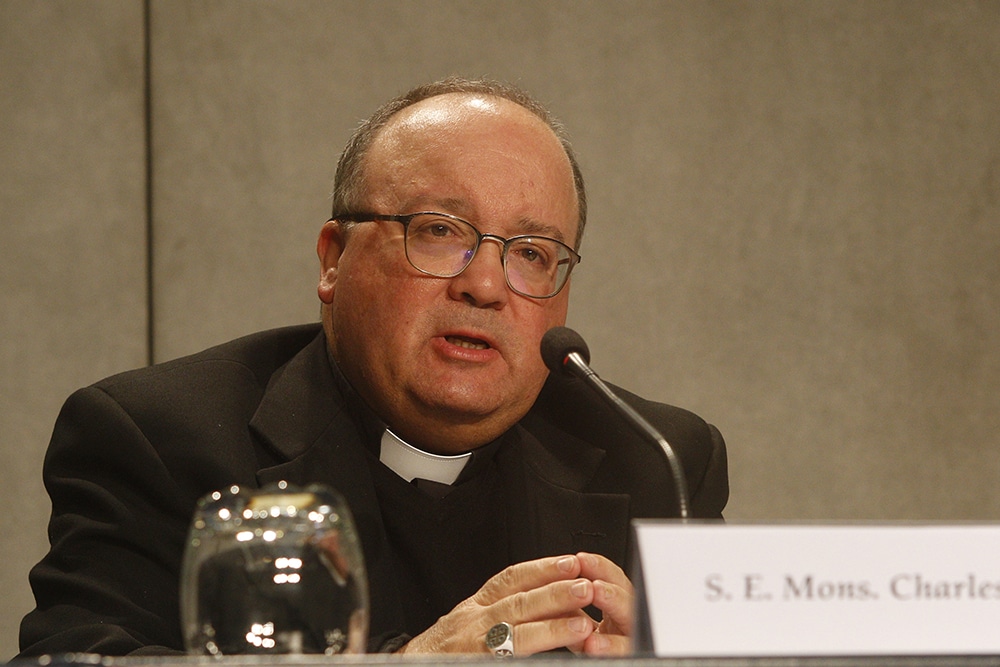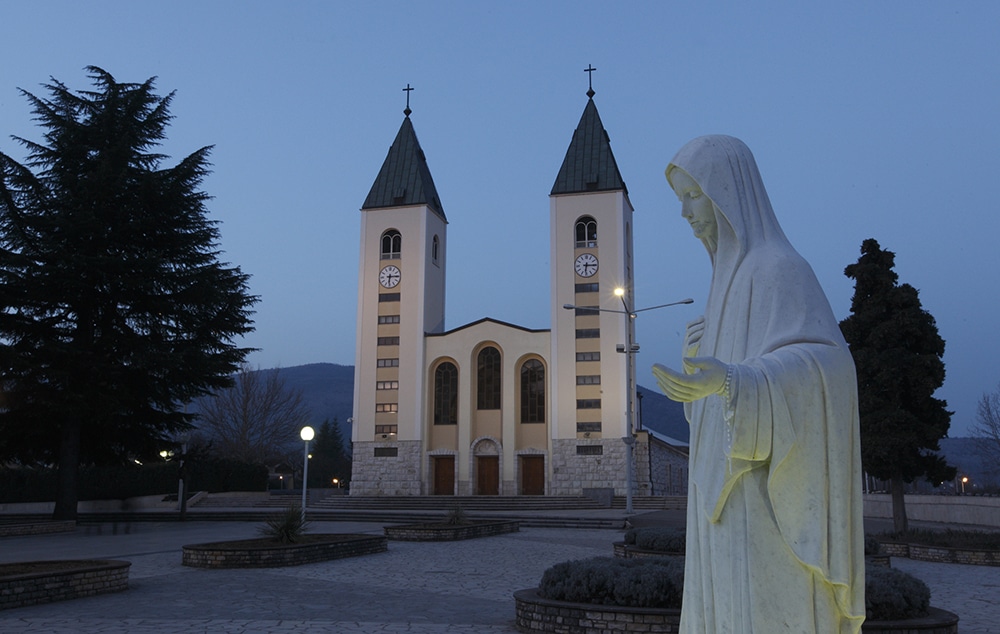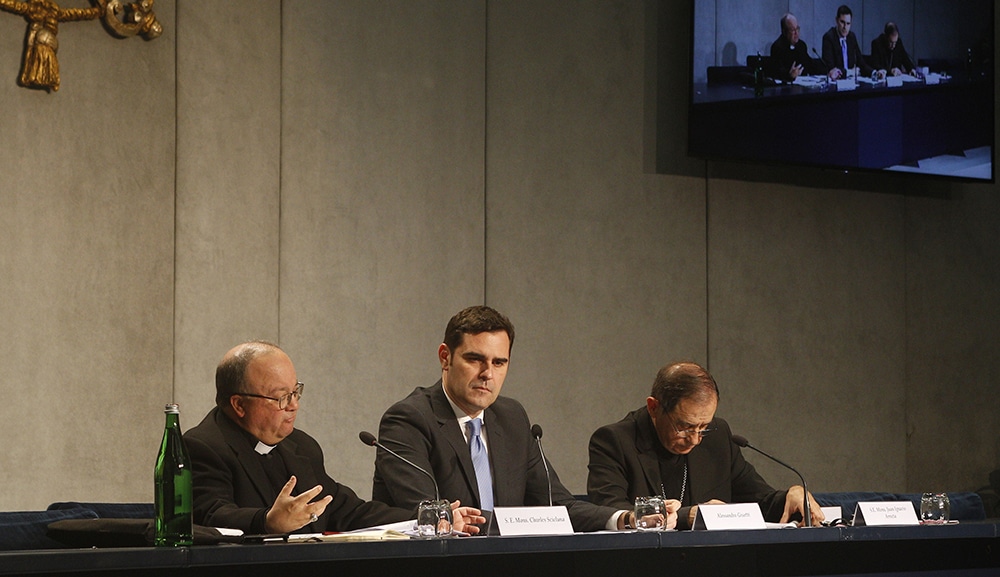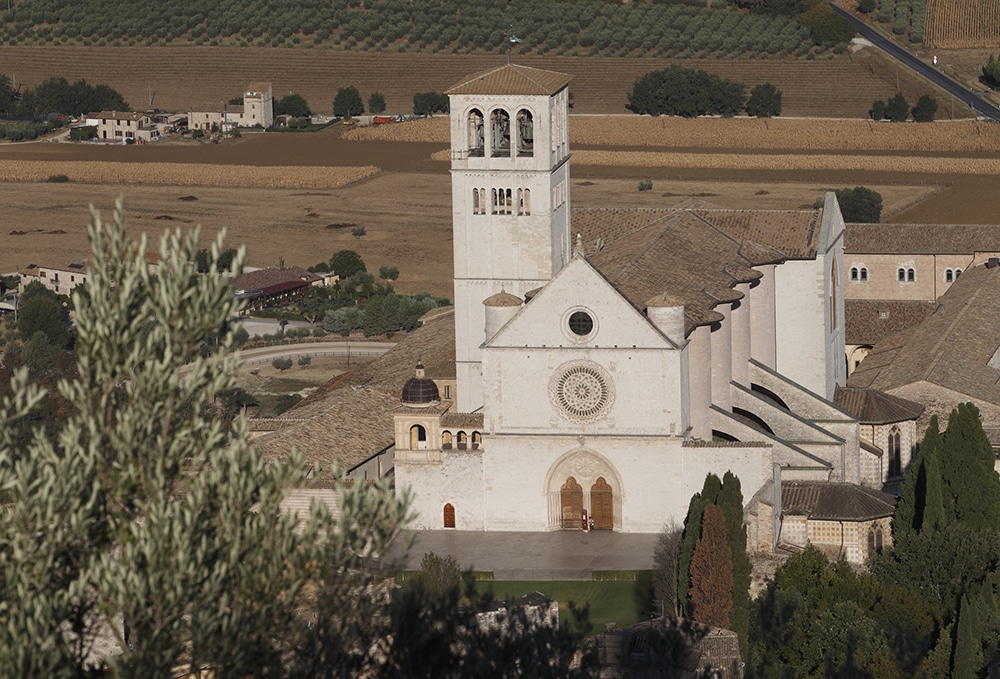The formation of priests has received significant attention in recent months. This attention is due in no small part to issues surrounding the most recent revelations of abuse in the Church, though the work of continually reforming priestly formation is not solely a response to this crisis.
In 2016, the Vatican released a new Ratio Fundamentalis Institutionis Sacerdotalis (“The Gift of Priestly Formation”) to provide guidelines and norms for the formation of priests, from which each bishops’ conference then develops the priestly formation program for its region. In the United States this means the crafting of a sixth edition of the Program for Priestly Formation (PPF).
Vital connections
Though this stage of reform would have taken place even without the recent crisis, what the crisis has brought into sharper focus are matters relating to personal relationships and accountability. The question of formation is about more than what priests are trained to do; it is about who they are formed to become.
Priests are not functionaries; they are whole persons. In the words of the Ratio Fundamentalis, “The concept of integral formation is of the greatest importance, since it is the whole person, with all that he is and all that he possesses, who will be at the Lord’s service in the Christian community” (No. 92).
What generally is underrepresented in current discussions about seminary formation is just how much this concern for integral formation has taken root in formation professionals, in seminaries and other schools of ministerial formation. Formation professionals from across the country note that the relational dynamics and communitarian character of seminaries comes across as a critical context for this integral formation, which indeed may be more important now than ever.
Father John Mack, a professor of systemic theology and director of pre-theology at Christ the King Seminary in the Diocese of Buffalo, New York, said that “the priestly vocation and ministry is ultimately a gift, a priestly identity, a sacramental reality beyond just functionalism for which we would just teach seminarians how to do things.”
The seminary, according to Father Mack, is therefore oriented to helping “each seminarian to grow into a ‘man of communion.'”
‘Lone priest’ myth
A “man of communion” is not a man set apart in isolation. Instead, he is one formed for community and therefore must be formed in and by a community. The goal of seminary formation is not to prepare a man who attempts to become self-sustaining, but rather one strengthened by vital connections. For this reason, Eric Mabry, chair of systematic theology at Christ the King Seminary, sounds a word of caution about what he calls “the myth of the ‘lone priest.'”
Appealing to popular assumptions, even ones depicted in Catholic literature, Mabry said that “there is a severe temptation to try to spiritualize that loneliness and make it into a spiritual good.” But loneliness is not a spiritual good, because “the priest is called to friendship just as much as any other human being. This needs to ground the way formation functions.”
“The ‘loneliness’ question is interesting,” said Msgr. Michael Heintz, a priest of the Diocese of Fort Wayne-South Bend, Indiana, who serves as the academic dean at Mount St. Mary’s Seminary in Emmitsburg, Maryland.
If you ask introverts, they generally spend so much time with people that they crave periods of solitude without much worry about being lonely. The danger they may face is withdrawal and isolation, which are nonstarters in ministry. The extroverts, however, tend to find being alone a challenge. Their danger is to become so dependent on interaction that they may have trouble cultivating an interior life.
In either case, the seminarian requires formation in a community that leads them to grow beyond their own preferences so as to integrate a rich interior life and healthy relationships with others.
Relating with laity
“To be community is not necessarily about friendship,” said Stacey Noem, director of human and spiritual formation for the University of Notre Dame’s Master of Divinity Program. Whereas friendship needs a “natural spark” and builds upon personal affinity or even common interests and personality compatibility, Noem distinguishes community as primarily “a choice.”
To practice community, “You don’t get to ‘not choose’ these people,” Noem says.
She sees this as essential to ministerial formation, like the one she helps direct where seminarians and laypersons are formed for ecclesial ministry in a shared formation context.
Whether or not seminarians are formed in an explicitly shared formation context like the one in Notre Dame’s Master of Divinity Program, Msgr. Heintz, who himself was a longtime pastor, knows how important the fruits of that kind of formation are for priestly life.
“It’s pretty clear in my experience that seminarians should learn to work well with laypersons,” he said. “The bulk of their life will be lived alone in a rectory and assisted by a staff of almost exclusively layfolks.”
While most men Msgr. Heintz sees admitted to his seminary “are usually quite able to relate easily and well with others,” the integration of the seminarian in formation with and for a community remains a primary goal.
In this way, a community of faith not only is served by a priest, but also helps form the men who will serve the Church as priests. Formation, in other words, is the work of the whole Church. Formation professionals take a leading role in the forming of priests, but they do not work alone. They work on behalf of and in collaboration with the local ecclesial communities from which seminarians come and to which they go as priests.
As the Ratio Fundamentalis puts it: “The community forms the seedbed of a priestly vocation, since the seminarian emerges from it, in order to be sent back to serve it after ordination. The seminarian to begin with, and later the priest, must have a living bond with the community. It is the thread that binds together and harmonizes the four dimensions of formation” — for example, human, intellectual, spiritual and pastoral formation (No. 90).
Prayer
The center of a priest’s life, Msgr. Heintz said, is his prayer. Knowing how to rightly love and how to “receive love and affirmation from others and to process it fruitfully is key.” That processing, which is learned in and with others but constantly brought back to the interior space of prayer, allows “a celibate male (to) have his affective needs met in a healthy way and integrated into his priestly life.”
Formation professionals see laying the foundation of the lifelong discipline of integration, which is fundamental to the overall health of priests, as a crucial function of the seminary. Or for Noem, who forms lay ecclesial ministers right alongside seminarians, the shared formation context benefits the laity just as much as seminarians.
“It builds emotional intelligence, affective maturity and salience for ministry,” Noem says. This context “exponentially magnifies the opportunities for human formation. At every step they are embedded in a community of formation.”

